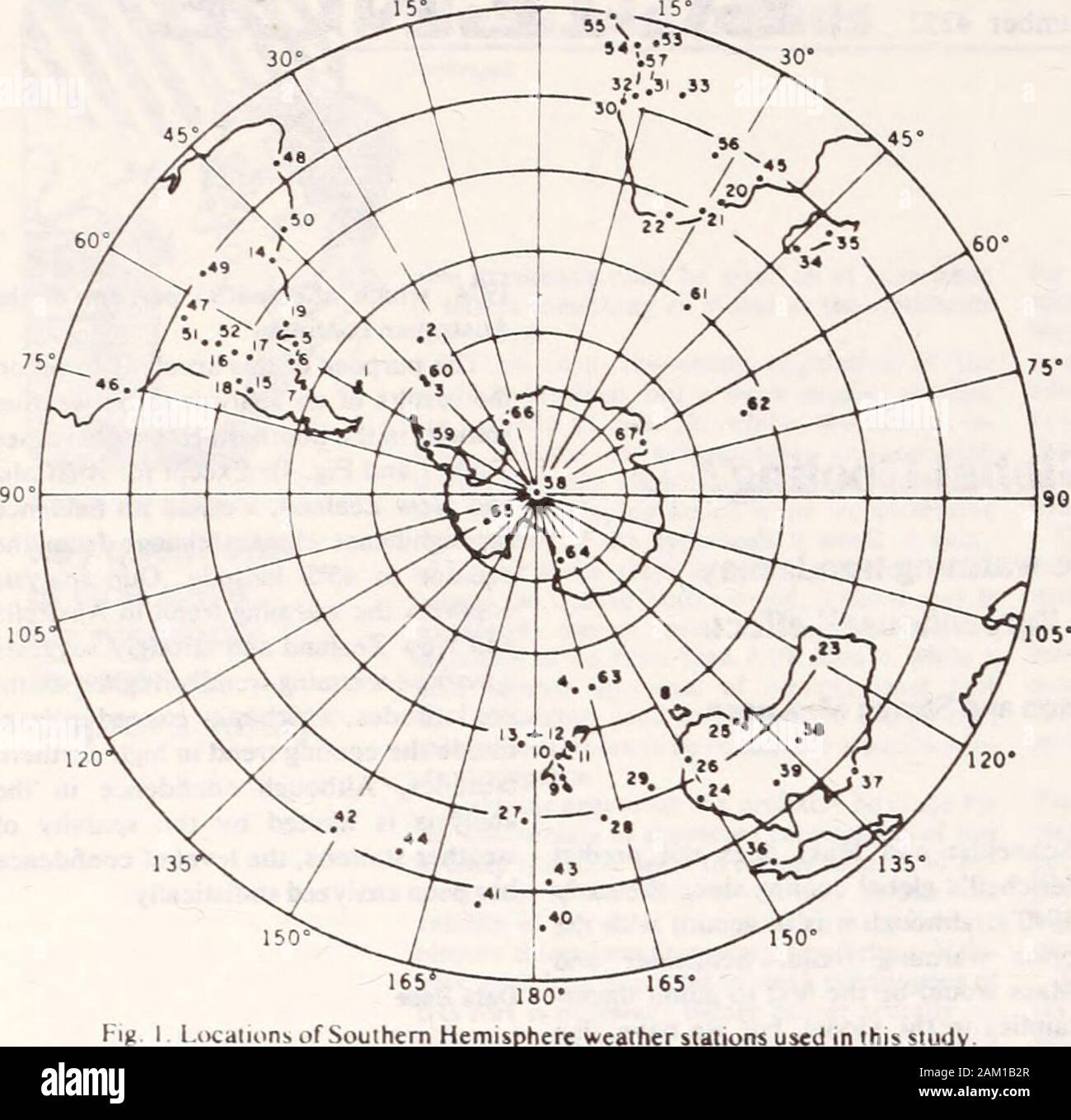
The US McKinley Act of 1890 increased the ad valorem duties on imported cycles and parts (including tyres) from 35% to 45%.īecause of these trade policy measures, instead of remaining an export-oriented British company, Dunlop was forced to invest in third countries in order to protect its technological advantage and market share from growing competition with other tyre producers, like Michelin and Goodyear. Other countries maintained steep tariffs on imported tyres.

Michelin) copying its cutting-edge tyre technology.

Just relying on exports would have exposed Dunlop to the risk of other companies (e.g. For instance, patent legislation in France and Germany imposed “local production requirements” to qualify for patent protection under the domestic legislation. As Jones (1984) documented, government policies were the second most important influence on the company’s decision-making in international markets. Yet, the trade policy at the time made Dunlop’s export activities very difficult and fundamentally changed Dunlop’s corporate decision, forcing it to become a multinational company. The most obvious strategy for Dunlop would have been to export tyres to those markets. At the time, the United States, France and Germany were witnessing a large demand for bicycles and the market was booming. Why is this parallel relevant for our topic? The answer becomes clearer once we turn our attention to the trade policy rules in place when the Dunlop rubber company tried to expand into foreign markets at the end of the 19 th century. Instead of becoming part of one of the most successful tyre manufacturers that dominated global markets for decades, he decided to remain a small company owner, returning to his veterinary practice. John Dunlop did not make a great fortune out of his invention. In the late 19 th century, things worked out differently. a rapidly expanding, recent start-up that is valued at more than 1 billion dollars) based on his disruptive technology.

In today’s world, John Dunlop would be a start-up entrepreneur in search for a venture capitalist who would invest in his brilliant idea to create a ‘unicorn company’ (i.e. Dunlop not only reinvented the wheel, he also reinvented transportation, leading to the widespread use of bicycles and automobiles. Yet, John Dunlop – a Scottish veterinarian – reinvented the pneumatic tyre, based on his familiarity with rubber-based listening tubes of stethoscopes, and the use of rubber gloves in medicine. Few would guess that rubber gloves are at the origin of a technological “mutation” that brought us the modern pneumatic tyre, a major invention that changed the world forever. Take surgical gloves for instance, a life-saving product for the frontline medical staff fighting the COVID-19 pandemic. Therefore, new technological innovations require a successful mutation and a new and innovative combination of existing products or materials that were already in use. Just as viruses need a body to thrive, good ideas need to be embodied in a new product or service, in order to become new tech. Similarly, almost every great idea is a mutation of other ideas or technologies that existed already. The most distinct characteristic of a virus is its capacity to mutate rapidly and interact with an existing organism.

And not just the fact that great ideas can go “viral”. There is an interesting parallel between viruses and the great ideas behind ground-breaking technological innovations. On Viral, Disruptive Technologies: What Can the Past Teach Us? The views expressed herein are those of the author and do not reflect the official position of the European Commission. This paper looks at the role of trade policy in influencing this complex interplay and offers a few tentative conclusions and recommendations. The future competitiveness of the EU economy depends on the interplay between firm size, technological progress and ability to use the opportunities offered by global markets. Some of these technologies have been introduced by small firms, which grew spectacularly to become ‘unicorns’, with very high market value and global reach, setting new technological standards in their sectors. Many of these technologies have been instrumental in our global COVID-19 response and will become the new normal. The global economy has been shaped by important, disruptive technological changes in recent years.


 0 kommentar(er)
0 kommentar(er)
